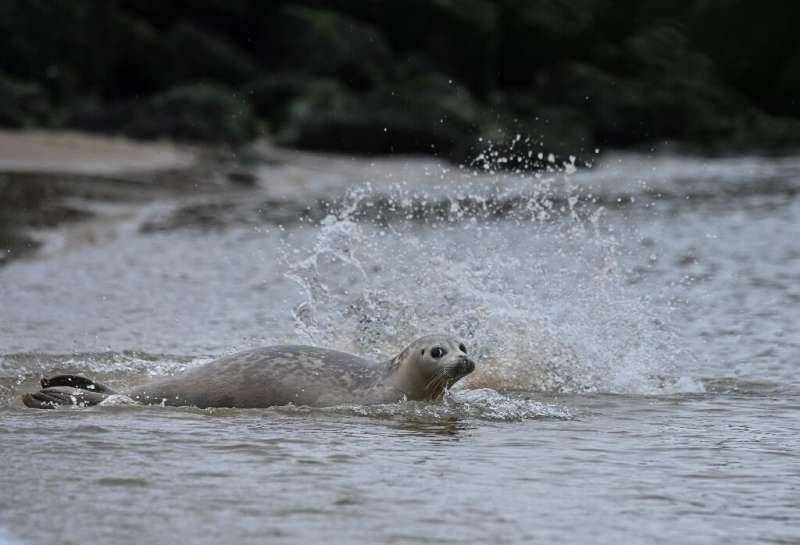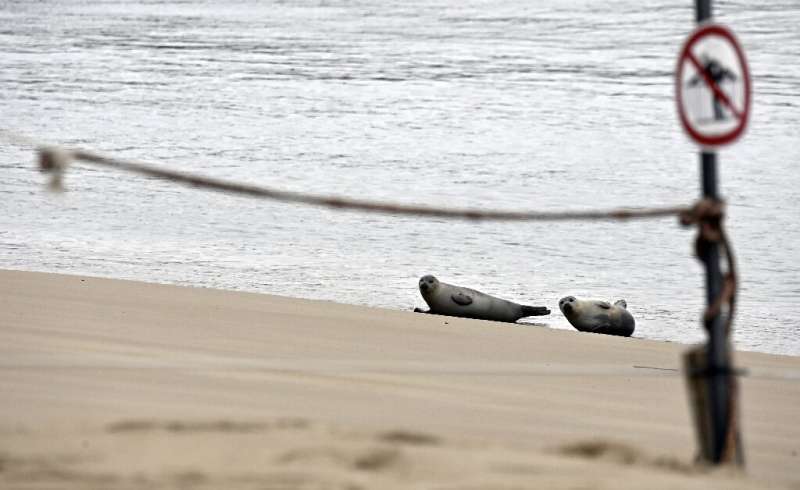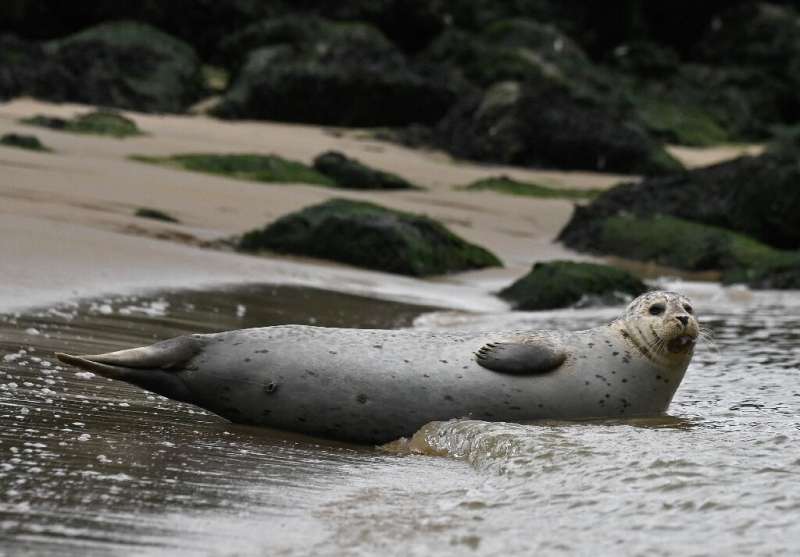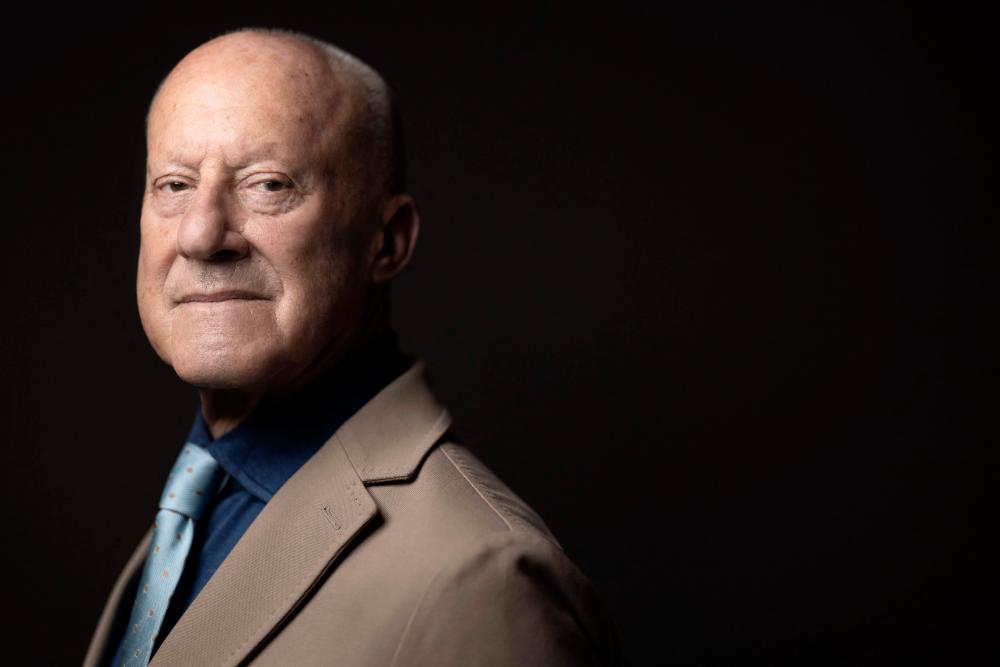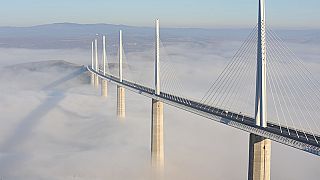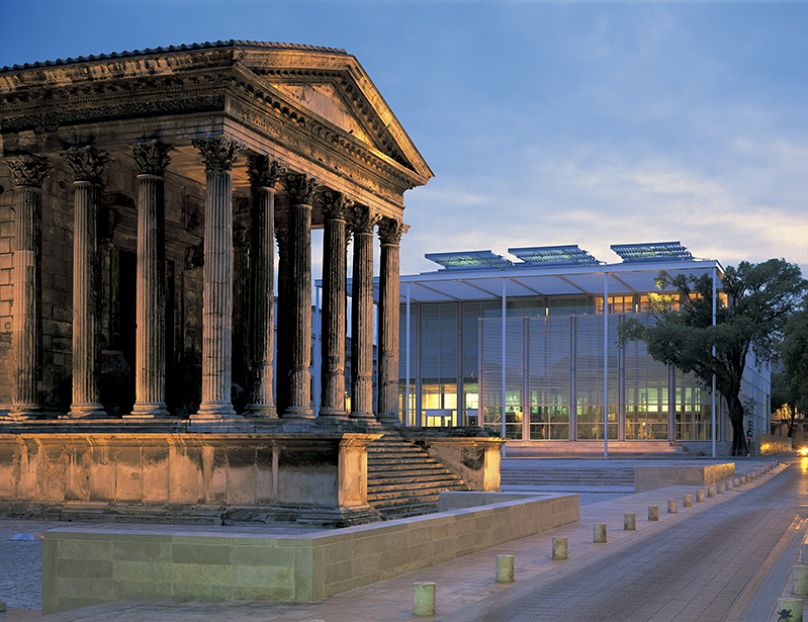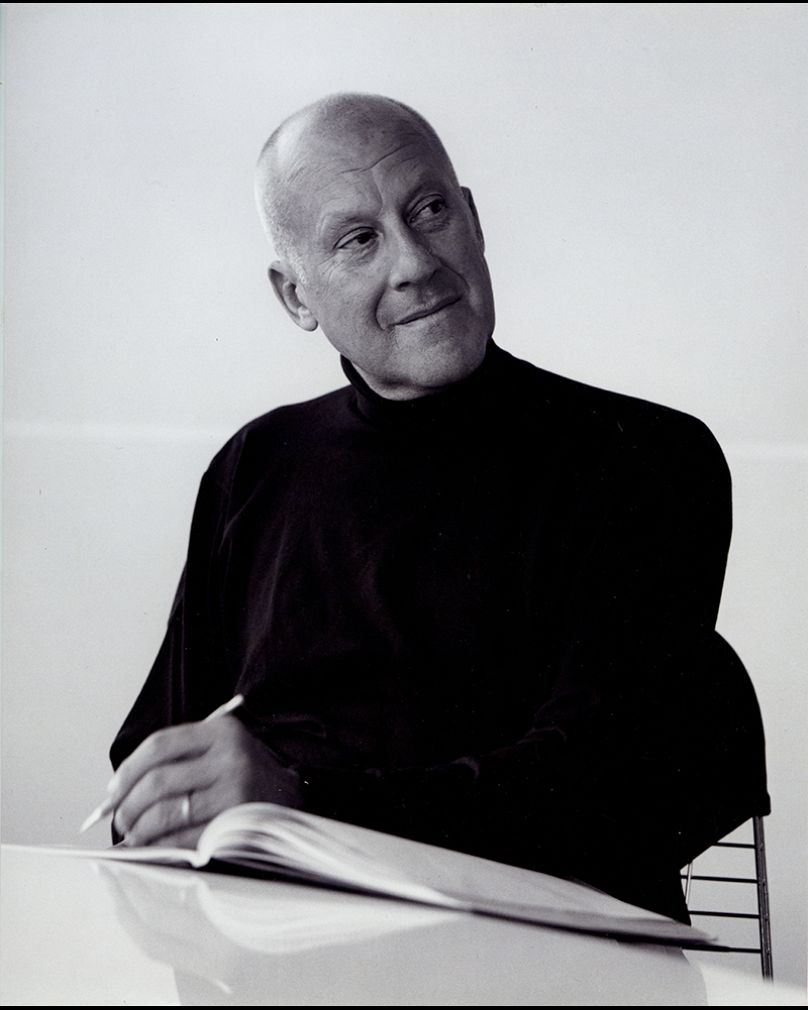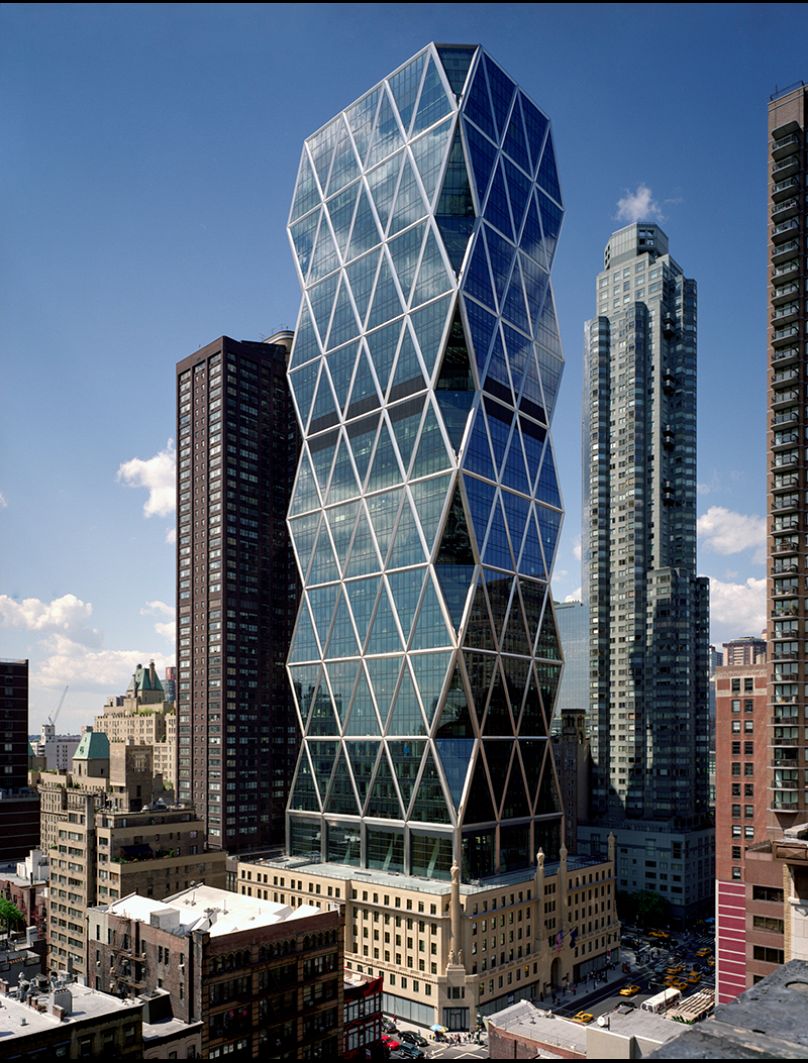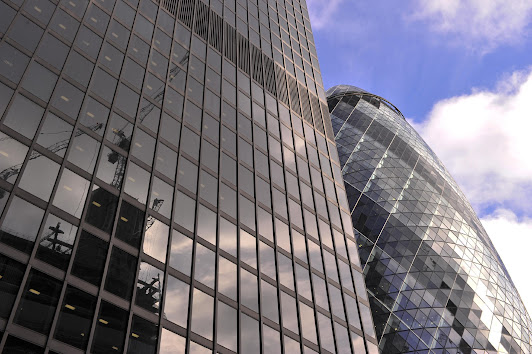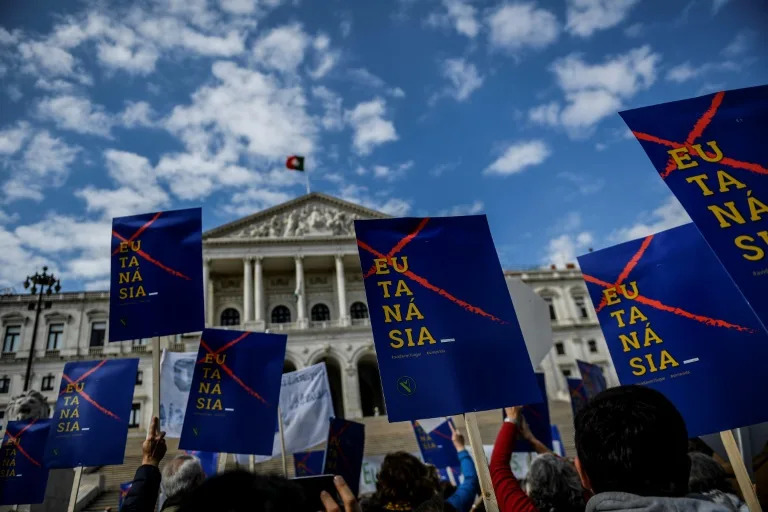AFP
Fri, May 12, 2023

People shelter at a monastery in Sittwe town in Myanmar's Rakhine state on Friday
Families in western Myanmar left their homes to seek shelter and higher ground on Friday ahead of a cyclone forecast to bring high winds and a storm surge to the eastern Bay of Bengal.
Cyclone Mocha is predicted to make landfall on Sunday near the Bangladesh-Myanmar border, according to India's meteorological office, packing winds of up to 175 kilometres (108 miles) per hour.
The office predicted a storm surge of between two and two-and-a-half metres (6-8 feet) for the low-lying coastal region, which on the Bangladeshi side is home to sprawling camps hosting hundreds of thousands of Rohingya refugees.
Residents of low-lying villages in Myanmar's Rakhine flocked to the state capital Sittwe on Friday, with around a thousand preparing to shelter at one monastery in the town, AFP correspondents said.
Some set down blankets and staked out sleeping places while unpacking provisions.
Cho Cho Tun, 34, had brought her children to the temporary shelter.
"I hope this monastery is safe and nothing will happen here because this place is the highest place in Sittwe," she said.
"We wanted to stay in our homes... But when I thought of my children and the danger to their lives, I decided to shelter here."
Thant Zaw, 42, said he had lost several family members when Cyclone Nargis ravaged southern Myanmar in 2008, killing more than 130,000 people in the country's worst natural disaster.
"I told my family we should shelter at this monastery," he told AFP.
"I have six children and I can't lose my family again."
Myanmar's junta authorities were supervising evacuations from coastal villages along the Rakhine coast, according to state media, which did not say how many people had been moved.
Any boats leaving shore in Rakhine from Friday afternoon would face legal action, the junta said.
- Floods, landslides -
Heavy winds and rain could trigger flooding and landslides further inland in Myanmar and Bangladesh, the United Nations office for humanitarian affairs said on Friday.
Around six million people across Rakhine and Myanmar's northwest are already in need of humanitarian assistance, it added.
The cyclone looked set to pass near sprawling camps in Bangladesh home to almost one million Rohingya refugees who fled a Myanmar military crackdown in 2017.
Bangladeshi officials said Friday that all mosques, learning centres and offices in the camps would be turned into cyclone shelters.
The United Nations refugee agency was carrying out "emergency preparedness" in the camps and authorities were on "standby" with heavy machinery to clear roads, a spokesperson said.
Bangladesh has yet to carry out any evacuations, but officials said hundreds of cyclone shelters have been readied to house evacuated people.
Cyclones -- the equivalent of hurricanes in the North Atlantic or typhoons in the Northwest Pacific -- are a regular and deadly menace on the coast of the northern Indian Ocean where tens of millions of people live.
Bangladesh was last hit by a superstorm in November 2007 when Cyclone Sidr ripped through the country's southwest, killing more than 3,000 people and causing damage worth billions of dollars.
sa-lpk-lmg-rma/ssy



